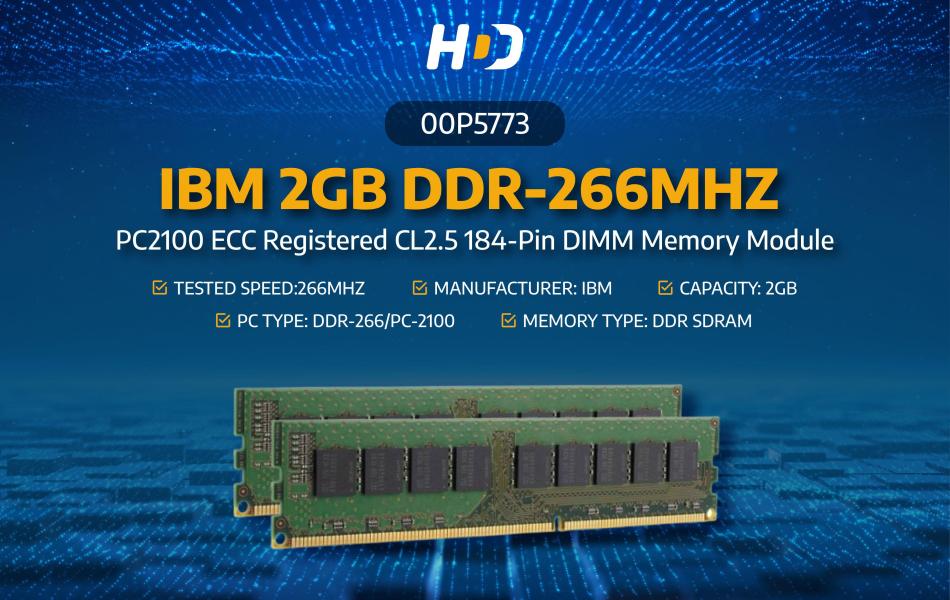One crucial aspect to think about when selecting a power supply for your new or upgraded PC construction is the PSU's cooling system. Users may need to pick between an active or passively cooled power supply depending on the brand, wattage, and quality level. Here is a quick comparison of the advantages and disadvantages of these various PSU cooling techniques. All other hardware parts of a computer are powered by the power supply unit (PSU), which is hardware. The power supply transforms alternating current (AC) of 110–115 or 220–230 volts into a constant low-voltage DC (direct current).
TASKS OF A POWER SUPPLY
The power that is used in our house sockets is AC but the power that is needed that computers require is low-voltage DC. Every component of a computer, including the electrical chips on the motherboard and adapters, the drives' electronics, and the hard drive and optical drive's motors, all require DC electricity to function. There are two main categories of power supplies: switching and linear. The switching power supplies used by computers. A power supply's primary duties include the following:
- Convert AC to DC
- Supplying the motherboard, adapters, and peripheral devices with DC voltage
- Cool the case and make it easier for air to move through the casing
ACTIVE POWER SUPPLY UNIT
The most prevalent kind of power supply available is one that is active power supply. A fan that rotates anytime the computer is turned on keeps it cool. Depending on the size and cost of the PSU, the fan's size, quality, and level of noise will change. While newer, more expensive power supplies allow the fan to run at a variable speed based on the PSU's load and temperature, some older, less expensive power supplies may spin the fan continuously. However, a PSU that actively cools itself has a fan that always runs when the power is on.
- ADVANTAGES: The active power supply allows for larger wattages and consistent cooling which may lead to longer component life. one of the pros of an active power supply is it also guarantees proper airflow and cooling for the power supply circuitry at all times.
- DISADVANTAGES: With an always-on fan, there is the possibility for persistent noise; for fans that have different speeds, noise may be especially audible when they are changing. These are some of the disadvantages of active power supply besides having some prominent advantages.
PASSIVE POWER SUPPLY UNIT
A power supply that uses passive cooling has no fans at all; instead, it relies solely on heatsinks to keep itself cool. Naturally, this results in no fan noise. But in contrast to an active power supply, it has a lower wattage capability. As you'll need to make sure that enough airflow can reach the power supplies heatsinks, it can also restrict your choice of chassis and component layout.
- ADVANTAGES: The main good point of a passive power supply is it is not noisy at all because of the absence of fans, there is no likelihood of fan noise. and the power output can reach 600 watts, which is sufficient for many midrange and budget PC systems.
- DISADVANTAGES: "Passive" indicates the power supply doesn't have a fan at all; instead, a sizable heat sink handles all of the heat dissipation, making the system virtually noiseless. These only function up to a particular performance level because going beyond that point puts the system at serious risk of overheating. This means that moving forward, all you need is something that is actively draining the heat to stop it from overheating and shutting down.
Because they must be rated at higher efficiency levels, they are more expensive (often significantly more expensive) than their active counterparts. They also require a case with good airflow, so they are not completely silent because electrical noise (or "whine") will still be present to some extent depending on component quality and load.
THE OVERALL COMPARISON
The two main differences between active and passive power supplies are noise and wattage. Passively cooled power supplies aren't yet appropriate if you need a high-wattage power supply. A passive power supply may be your best option for reducing noise, but you must make sure that your case and component arrangement can allow enough airflow to reach the power supply heatsinks. Furthermore, if you select an actively cooled power supply with quiet fans, the overall noise level will be low and perhaps indistinguishable from the other parts of your PC.
Additionally, all power supplies, even passive types, will still be affected by electrical noise, as was already established. It may be audible in some circumstances, but the volume, tone, and frequency of this noise will vary depending on the load, the casing, and the component quality. While extreme "coil whining" cannot be stopped, common amounts of this electrical noise can frequently be muffled by the low, constant hum of an actively cooled power supply. Additionally, an active PSU may prevent you from hearing the semi-passive PSU fan start-up as it switches between idle and active modes. The constant cooling provided by an active PSU may also lengthen its lifespan.
HOW TO CHOOSE A GOOD POWER SUPPLY UNIT
Let’s know some of the key points you must know before choosing a power supply
You must keep in your mind that maximum wattage is not always more beneficial than continuous wattage. Wattage is the starting point for determining which PSU you require and how it is rated. Simply expressed, this is the total number of watts your PSU is capable of supplying to the various components of your computer. Some models deliver 300W and others that can deliver up to 1200W. The second important question is how much wattage your PC needs. Because no two PCs are made the same way, they all require varying amounts of power. A powerful gaming PC will consume more power than a basic home office computer. This is due to the increased power consumption of powerful processors and graphics cards. Thirdly you must figure out the trivial details. Even though the PSU market might be highly complex, if you understand the fundamentals, you can always select the finest PSU for your PC. You are now aware of the fundamentals and potential dangers.
Take good care of your PSU after purchasing it because it is one of the PC components that frequently fail. Fortunately, there are techniques to lengthen its lifespan so you can maximize your investment.
CONCLUSION
To sum up, passive power supplies can be used, especially for projects where noise reduction is a key goal. To reduce the impact of electrical noise, though, you'll need to budget for a model with high-end components. You should also make sure that your case and component arrangement can allow for adequate airflow to the PSU.
However, the ideal solution for the majority of PC builders would be an actively cooled power supply with a premium quiet fan. The most wattage options are available to you, it will probably be less expensive, and it will guarantee continuous airflow over the parts of your power supply, which can keep temperatures down and possibly lengthen its lifespan.
Place your order at harddiskdirect.com for fast shipping and the best customer service






